Giant Yellow Mulberry Tree
- November 26, 2024
- 0 comment
The Giant Yellow Mulberry Tree (Myrianthus arboreus) is a fascinating species celebrated for its ecological and cultural significance. Native to tropical and subtropical regions, this tree plays a vital role in maintaining biodiversity and enriching ecosystems.
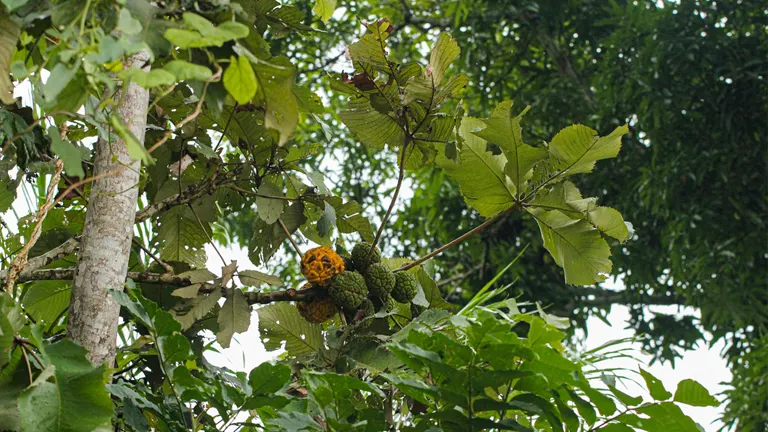
It belongs to the Moraceae family, renowned for its ability to support wildlife and improve soil health. This tree is particularly valued for its capacity to provide food, shelter, and environmental stability, making it a cornerstone of many forest ecosystems.
What Is a Giant Yellow Mulberry Tree?
The Giant Yellow Mulberry Tree, scientifically classified as Myrianthus arboreus, is a deciduous tree found in warm climates. It can grow up to 20 meters in height, with a wide canopy that offers ample shade. Its large, lobed leaves are a prominent feature, providing an aesthetically pleasing green cover. The tree produces small, yellowish-green flowers that develop into fleshy, edible fruits, which are a crucial food source for various animals.
Interesting Facts:
- The Giant Yellow Mulberry Tree contributes to soil health by improving nitrogen levels.
- It has a lifespan of several decades, allowing it to serve as a stable component of its environment.
- Its fruits are often consumed by local communities and wildlife, making it a key species for ecological balance.
Two Different Types of Giant Yellow Mulberry Tree Species
While Myrianthus arboreus is the most well-known species within its genus, there are related species that vary in their ecological roles and appearances. For instance, some species may grow in more arid regions, while others thrive in tropical rainforests. These variations underline the tree’s adaptability and importance in different habitats.
Myrianthus Arboreus
This tall species, reaching up to 20 meters, features a broad canopy and produces edible fruits. Found in tropical rainforests, it supports wildlife and enriches soil health.
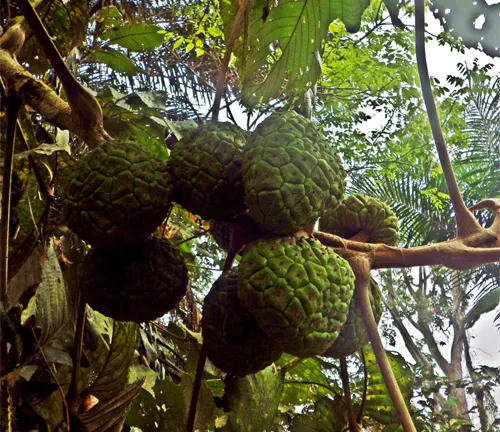
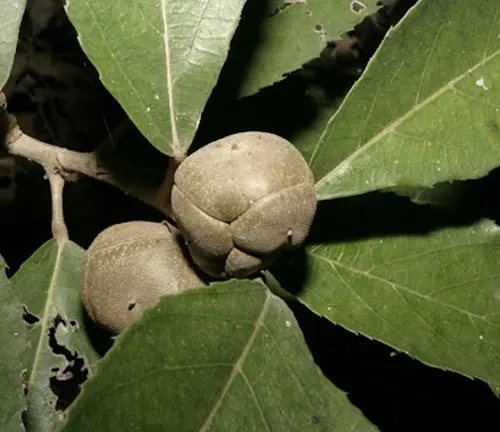
Myrianthus Serratus
Smaller with serrated leaves, this variety thrives in drier habitats. It stabilizes soil and provides food for smaller animals in savanna ecosystems.
Where Do Giant Yellow Mulberry Trees Grow?
The Giant Yellow Mulberry Tree is primarily found in tropical and subtropical regions of Africa, thriving in warm, moist environments. It grows well in lowland rainforests, along riverbanks, and in savannas. The tree’s adaptability to different climates, including areas with periodic droughts, is remarkable.
Adaptations:
- Deep roots help it access underground water sources during dry spells.
- Its broad canopy reduces soil erosion and provides shade, creating a microhabitat for smaller plants and animals.
How to Grow and Care for Giant Yellow Mulberry Tree
If you’re considering growing the Giant Yellow Mulberry Tree, follow these guidelines:
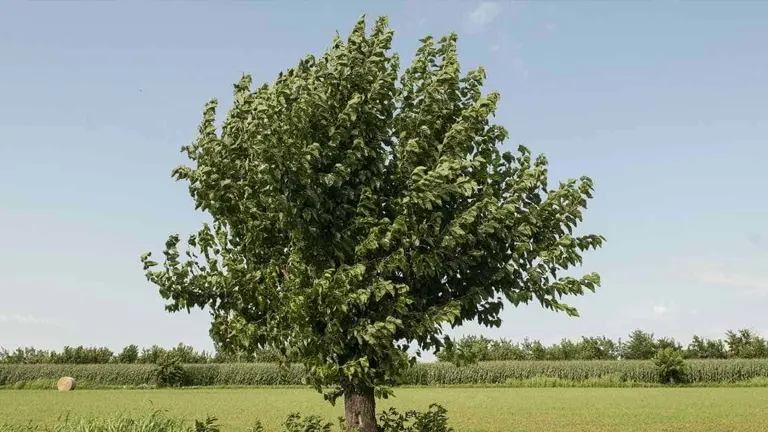
- Soil Requirements: Prefers rich, well-drained soils but can adapt to a variety of conditions.
- Sunlight: Thrives in full sun to partial shade.
- Watering: Requires consistent watering, especially during its early growth stages.
- Propagation: Can be grown from seeds or cuttings. Soak seeds in water for 24 hours before planting to improve germination.
Maintenance Tips:
- Prune regularly to promote healthy growth.
- Protect young trees from pests like aphids and fungal diseases with organic treatments.
Ecological Benefits of Giant Yellow Mulberry Tree
This tree offers numerous ecological benefits:

- Soil Quality: Its roots stabilize soil and prevent erosion, while its leaf litter enriches the soil with nutrients.
- Biodiversity Support: Provides food and shelter for insects, birds, and mammals, ensuring a balanced ecosystem.
- Carbon Sequestration: Plays a role in mitigating climate change by absorbing atmospheric carbon dioxide.
Giant Yellow Mulberry Tree Flowering and Pollination
The tree produces small, fragrant flowers that bloom seasonally. These flowers attract pollinators like bees, butterflies, and birds, facilitating cross-pollination. Its fruits, which emerge after pollination, are not only edible but also support seed dispersal through wildlife consumption.
Is Giant Yellow Mulberry Tree Drought-Tolerant?
While the Giant Yellow Mulberry Tree prefers moist conditions, it demonstrates a surprising level of drought tolerance. Its deep roots enable it to survive in areas with limited water. This adaptability makes it an excellent choice for reforestation projects in regions with inconsistent rainfall.
Growing Tips in Arid Regions:
- Mulch around the base to retain soil moisture.
- Water deeply but less frequently to encourage deep root growth.
Giant Yellow Mulberry Tree and Wildlife Interactions
The Giant Yellow Mulberry Tree forms symbiotic relationships with local wildlife. Animals like monkeys and birds eat its fruits, dispersing its seeds across the forest. Additionally, its dense canopy provides nesting sites for birds and a safe haven for insects.
Conclusions
The Giant Yellow Mulberry Tree (Myrianthus arboreus) is more than just a tree; it is a linchpin of ecological stability and biodiversity. Its ability to improve soil health, provide habitat, and support wildlife underscores its importance in nature. Cultivating and conserving this tree not only enriches ecosystems but also contributes to environmental sustainability. By understanding its role and caring for it responsibly, we can ensure that the Giant Yellow Mulberry Tree continues to thrive and benefit future generations.
Frequently Asked Questions (FAQs)
- What is the Giant Yellow Mulberry Tree?
A tropical tree (Myrianthus arboreus) known for its tall height, edible fruits, and ecological benefits. - Where does it grow?
Found in tropical rainforests, riverbanks, and savannas, with adaptations for moist and dry climates. - What are its main characteristics?
Large lobed leaves, small yellow-green flowers, edible fruits, and a broad canopy. - What are its ecological benefits?
Stabilizes soil, supports biodiversity, and improves soil quality through nutrient recycling. - Is it drought-tolerant?
Yes, its deep roots help it survive limited water and harsh climates. - How can it be grown?
Prefers rich, well-drained soil, consistent watering, full sunlight, and can be propagated by seeds or cuttings. - What wildlife depends on it?
Provides food and shelter for birds, insects, and mammals, aiding in seed dispersal and pollination. - Are there other species?
Yes, such as Myrianthus serratus, a smaller variety adapted to drier habitats.
We hope this guide has shed light on the importance of the Giant Yellow Mulberry Tree. Have experiences or tips to share? Join the conversation below and inspire others to support conservation. Don’t forget to share this guide with those passionate about protecting nature!


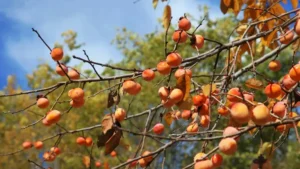
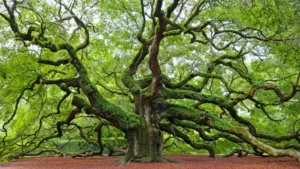
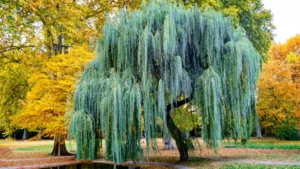
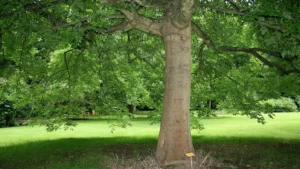

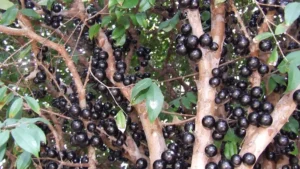

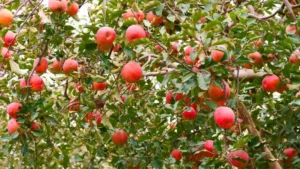
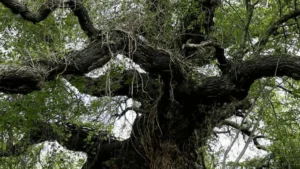


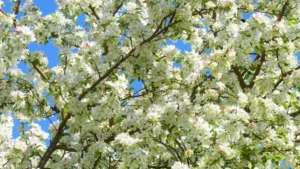
Leave your comment